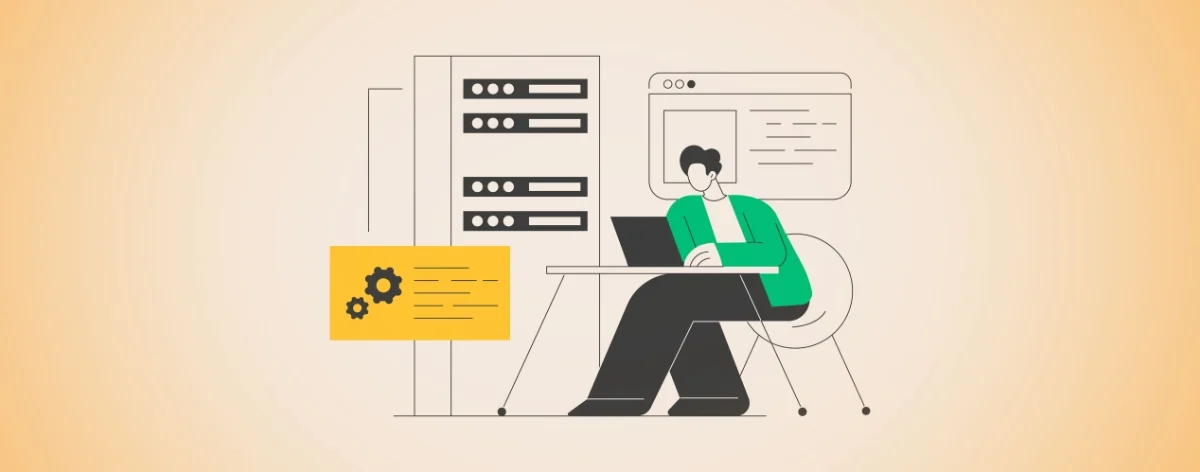Website Speed Optimization with Poligon Interactive
At Poligon Interactive, we provide comprehensive speed optimization solutions to enhance website performance. With a focus on Core Web Vitals, CDN integration, image optimization, and technical SEO improvements, we help brands build a stronger digital presence.
If you want to improve your website’s speed, enhance user experience, and rank higher in search results, feel free to contact us.

